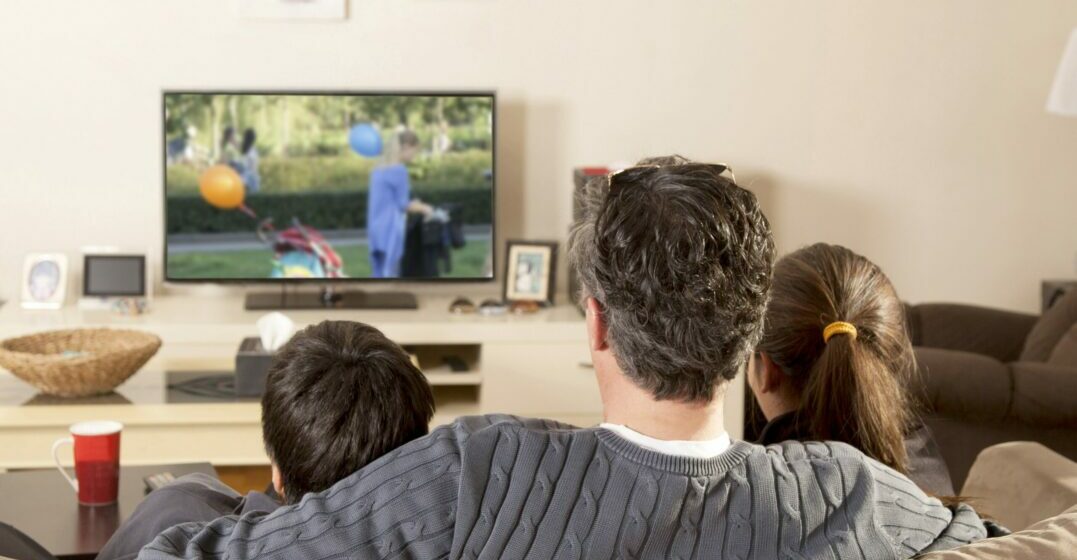Updated on January 24, 2024

The 8 most popular German TV channels

Did you know that Germany is the largest television market in Europe? Public and commercial channels cater to all tastes, from regional programs to US dramas dubbed in German. We will take you through the history of German television and show you how we ended up with one of the best TV entertainment systems in Europe. Learn about the most important German TV channels, free-to-air, subscription and streaming options. Follow our guide to set up your TV connection and get a TV license and you will be watching your favorite program in no time. No more excuses: Grab your popcorn and improve your German skills today!
The Germans are often credited with creating the first TV transmissions intended for public viewing. The world’s first TV channel Paul Nipkow started broadcasting on 22 March 1935. The milestones that followed shaped German television up to today:
German public television is the root of German television, but it wouldn’t be complete without the most popular commercial channels. Both are free-to-air. While the commercial channels fund themselves through advertisement, the public channels rely on a broadcasting fee. So don’t forget to obtain your TV (and radio) license GEZ, when you register your address in Germany. And always remember to pay in time!
The ARD is a consortium of regional German public broadcasters also known as Das Erste (the First). The daily news program Tagesschau and the Tagesthemen on the weekend make it one of the most important German news channels. The crime series Tatort, broadcasted since the 70s, is also one of the best series to learn German. The same goes for the German football team’s games.
The centrally organized ZDF was the first competitor of the ARD and is therefore also known as Das Zweite (the Second). The news program Heute addresses a slightly younger audience than the news on ARD and positions ZDF among the favorite German news channels. A good place to learn about the German political landscape. No German television experience is complete without the traditional entertainment show Wetten, dass…?
The WDR, Westdeutscher Rundfunk, is one of the biggest of the many regional German TV channels. Other examples are the NDR, MDR, SWR, SR and Radio Bremen. WDR contributes a great deal to the programming of ARD and is known for classics like the Rockpalast for music fans or the Sendung mit der Maus for children.
The public European culture channel ARTE promotes understanding among Europeans through high-quality, creative content in French and German.
The children’s channel operated by ARD and ZDF educates and entertains children with shows like KiKANiNCHEN for the little ones or Schloss Einstein for teens.
The popularity of RTL and its channel VOX lies in a mix of reality TV such as the dating show Bauer sucht Frau, popular American series and Formula 1.
SAT 1 is another commercial channel with American as well as German movies and series and the Bundesliga.
With American TV series such as The Simpsons, the late-night show TV Total, the celebrity show TAFF and the science show Galileo, the commercial channel is all about entertainment.
The public and commercial channels are free-to-air and available via satellite or cable. You can also get TV together with home telephone and internet from one provider, in which case the price depends on your subscription. Because of the strong position of the free German TV channels, pay-TV options are limited to mainly SKY, RTL, Disney and MTV.
Of course, all the international streaming services such as Netflix, Amazon Prime Video and Disney+ are available in Germany, too. Most channels will let you catch up with a program through their website, for example, the ZDF Mediathek.
German public television such as ARD, ZDF, WDR, ARTE or KiKA and German commercial TV channels such as RTL, SAT 1 and PRO 7 will not disappoint, whether you want to watch the news, a blockbuster or the latest sports event. Better even, they offer a free opportunity to practice the German language and advance to the next level.